



After the Air India Boeing 787 crash in Ahmedabad, DNA analysis identifies victims’ remains. Samples from hard tissues like bones are collected and stored in cold conditions. STR, mtDNA, Y chromosome, and SNP analyses match remains with relatives’ DNA. Over 300 samples are being processed, with 99 identified.

Copyright infringement not intended
Picture Courtesy: INDIAN EXPRESS
DNA testing is used to identify victims of the Air India crash in Ahmedabad.
DNA (Deoxyribonucleic Acid) is the unique genetic blueprint present in nearly every cell of an individual's body. The uniqueness of this code (except in identical twins) allows forensic scientists to establish an identity by matching DNA from remains to known samples.
Post-Mortem (PM) Sample Collection
DNA begins to degrade immediately after death, a process quickened by environmental factors like heat and humidity, which are common in plane crash scenarios.
Forensic investigators prioritize collecting hard tissues like bones and teeth. These tissues are more resistant to decomposition and protect the DNA within, yielding higher quality samples compared to soft tissues like skin or muscle.
Once collected, samples must be stored in cool and dry conditions, ideally frozen at minus 20 degrees Celsius, to halt degradation and preserve the genetic material for analysis.
Ante-Mortem (AM) Reference Sample Collection
The most effective reference samples come from the victim's personal items, such as a toothbrush or hairbrush, which can provide a direct DNA profile.
When direct samples are unavailable, reference samples are collected from close biological relatives.
Parents and children are ideal, as they share 50% of their DNA with the victim.
Maternal and paternal relatives can also provide crucial reference points for specific types of DNA analysis.
|
Once in the lab, scientists extract the DNA and select an analysis method based on the quality and quantity of the recovered genetic material. |
Short Tandem Repeat (STR) Analysis is the most widely used, it examines specific regions in nuclear DNA that contain short, repeating sequences. The number of repeats at multiple locations (loci) creates a highly individual profile, making it extremely reliable for matching remains to a direct reference sample or establishing close family relationships.
Mitochondrial DNA (mtDNA) Analysis is an alternative when nuclear DNA is degraded. Mitochondria, the cell's energy producers, contain their own DNA which is inherited directly from the mother. Since there are thousands of mitochondria per cell, the chances of recovering intact mtDNA are much higher in compromised remains. This allows scientists to match a victim's remains to any relative in the maternal line.
Y-Chromosome Analysis focuses on STRs found on the Y-chromosome, which is passed from father to son. It is used to identify male victims by comparing their DNA to that of any male relative on their paternal side, such as a brother, father, or paternal uncle.
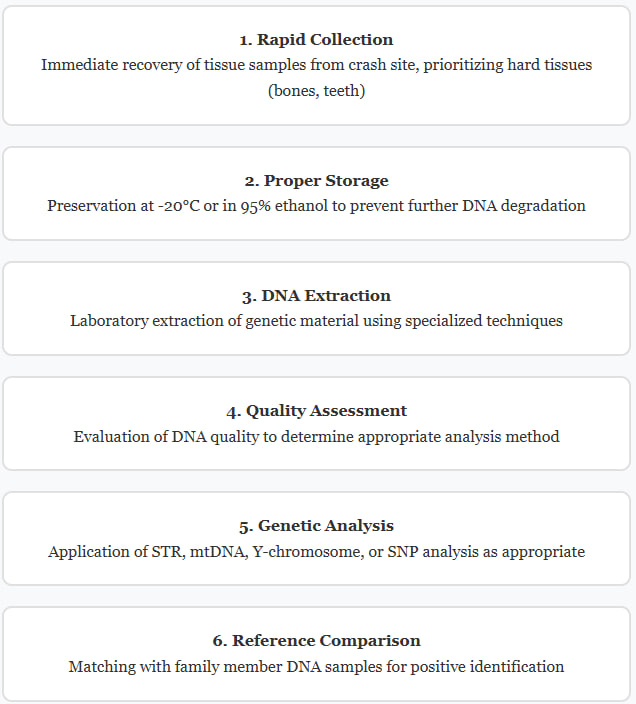 Source:
Source:
|
PRACTICE QUESTION Q. Which of the following statements about cell division is correct? A) Prokaryotes divide by mitosis, while eukaryotes divide by binary fission. B) Eukaryotic cell division is simpler and faster than prokaryotic cell division. C) Prokaryotes undergo binary fission for reproduction. D) Both prokaryotes and eukaryotes have a single origin of replication for their DNA. Answer: C Explanation: Prokaryotic cells, such as bacteria, are structurally simpler than eukaryotic cells. They reproduce asexually through a process called binary fission. During binary fission, the single circular chromosome is replicated, the cell grows larger, and then divides into two genetically identical daughter cells. This process is the primary way prokaryotes produce new individuals. |
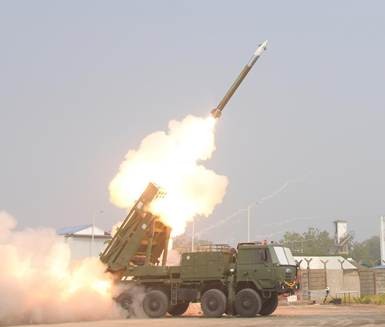
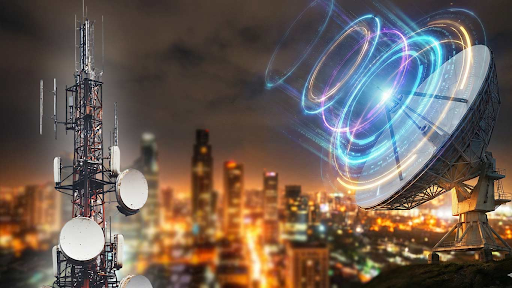
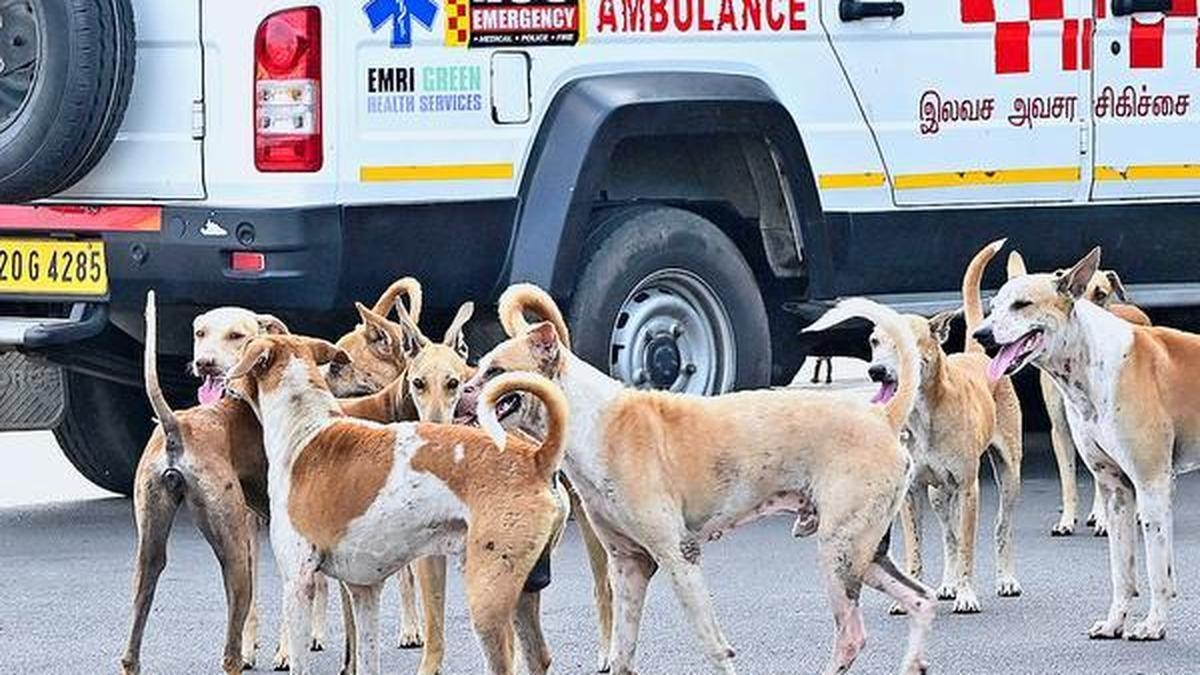
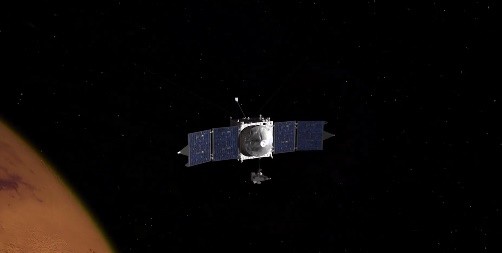
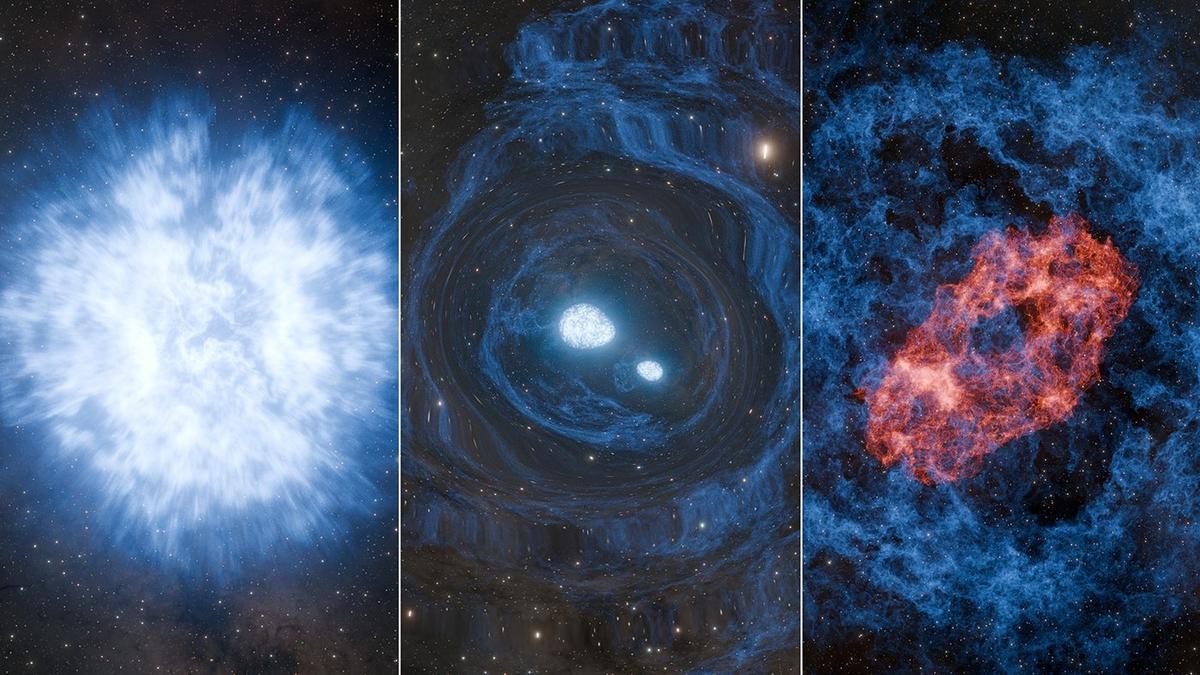

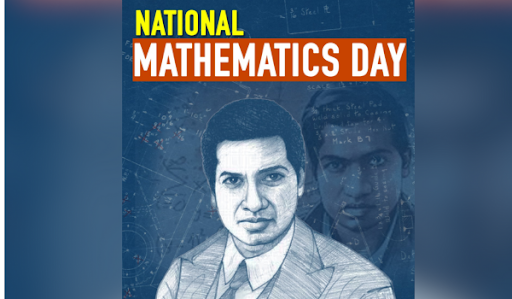


© 2026 iasgyan. All right reserved